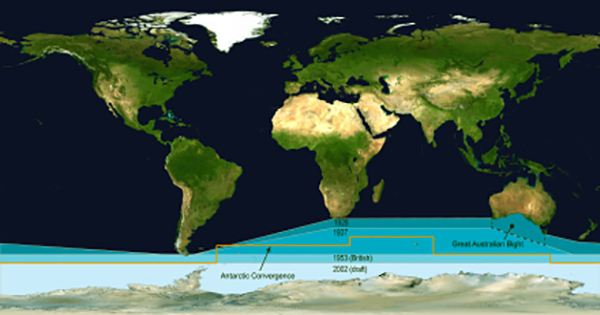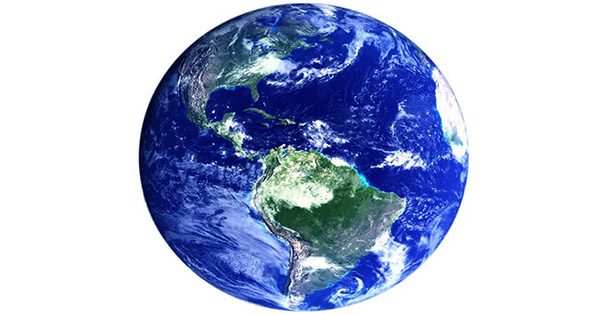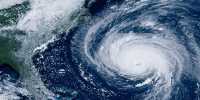Every year, America moves further away from Europe and Africa. The segregation between the Atlantic-oriented continents increases by 4 centimeters (1.6 inches) per year, but what it was driving remains somewhat puzzling. The dividing line that new plates form known as the Mid-Atlantic Ridge. A ridge usually governed by a law of equilibrium between the light and heavy parts of a tectonic plate. This did not happen, however, in the case of the Atlantic Ocean, which not surrounded by dense sinking plates.

The Atlantic Ocean Is Getting Wider as Europe, Africa, and the Americas were Pushed Apart
In a new study published in Nature, researchers have suggested a new mechanism to explain this process: the region feels the rise of matter from the deeper layers of our planet, separating the continents. One possibility was the emergence of elements from the mantle to the lower regions of the Earth’s crust. They originate at depths of 60 kilometers (37 miles) but are ten times greater than the depths of the Mid-Atlantic ridge.
To unravel this mystery, the team of researchers embarked on two research voyages involving eight seismographers at the bottom of eight Atlantic Oceans around each other. This is one of the few experiments that been studied with such detail about the mantle under the seafloor. In fact, it provides Mantel’s first large-scale and high-resolution image.
“It’s a memorable mission that took us a total of 10 weeks at sea in the middle of the Atlantic Ocean. Incredible results have shed new light on how the Earth’s interior connected to plate tectonics and observations not been seen before, “said Dr. Matthew Agius, lead author from University Degree Study Roma Trey, in a statement.
In particular, they studied how structures changed between depths of 410 and 660 kilometers (255 and 410 miles). They observed sudden changes in the mineral layer, indicating the presence of elevation. Investigations prove that the Mid-Atlantic Ridge is an active player in plate tectonics in this region. Since plate tectonics affects earthquakes and volcanoes as well as sea levels, understanding their role helps us improve our planetary and climate models, leading to better warning systems for natural disasters.
“It was completely unexpected. “It has far-reaching implications for our understanding of the Earth’s evolution and habitat,” added Dr. Kate Rychert, co-author from the University of Southampton. “It also shows how important it is to gather new information from the ocean. There is so much more to explore! ”















